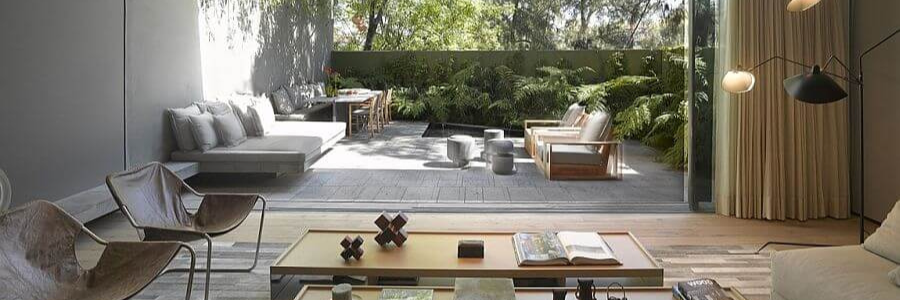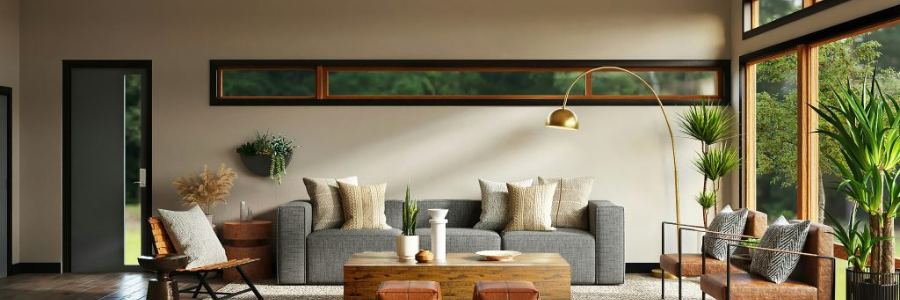
In recent years, biophilic design has emerged as a transformative approach in architecture and interior design, emphasizing the intrinsic human connection to nature. This concept recognizes that our well-being is closely tied to the natural world, and that integrating natural elements into our environments can significantly enhance our quality of life. One of the most vital elements in this design philosophy is the window. Beyond simply allowing light to flood into a space, windows serve as crucial conduits between indoor and outdoor environments, enhancing our well-being and fostering a deeper connection to nature. Let’s explore the role of windows in biophilic design and how they can create harmonious living spaces that nurture our relationship with the world outside.
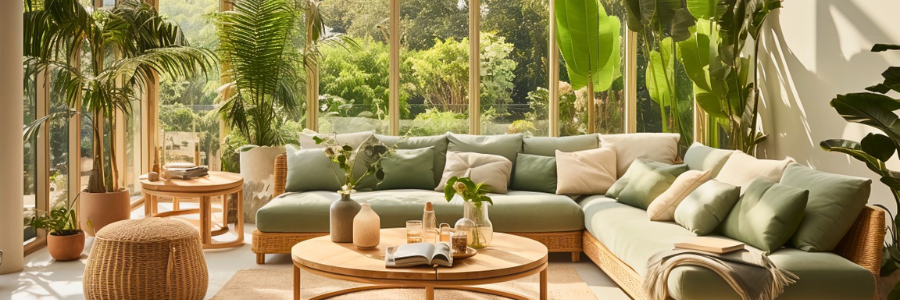
Understanding Biophilic Design
Biophilic design is rooted in the idea that humans have an innate desire to connect with nature, a concept supported by various psychological studies. This connection is essential for our mental, emotional, and physical health. Environments that incorporate natural elements have been shown to promote well-being, reduce stress, and enhance creativity. Biophilic design integrates aspects of nature into built environments, making nature an integral part of architecture. This can include the use of plants, natural materials, and water features, alongside optimizing views of the outdoors. Windows are a key aspect of this concept, facilitating a seamless connection between the interior and the natural world outside. By bridging this gap, windows help create a nurturing environment that encourages a sense of belonging and calm.
The Importance of Natural Light
Natural light is one of the most significant benefits of incorporating windows into biophilic design. Exposure to sunlight has numerous benefits, including boosting mood, enhancing productivity, and regulating our circadian rhythms, which are crucial for good sleep and overall health. Large windows that let in abundant natural light create inviting spaces that feel more expansive and alive. Furthermore, they help to reduce reliance on artificial lighting, which can lead to energy savings and a lower environmental impact. Well-placed windows can also create a dynamic play of light and shadow throughout the day, enriching our experience of a space and promoting a connection to the natural rhythms of the day.

Framing Views of Nature
Windows allow us to frame views of the natural world, whether it’s a vibrant garden, a serene landscape, or a bustling cityscape. This framing effect enhances our experience of the outdoors, making it a focal point of our indoor environments. Thoughtfully designed windows can offer different perspectives on the changing seasons, weather, and time of day, deepening our connection to the outside world. By bringing these views into our daily lives, windows foster a sense of tranquility and inspire creativity. Studies have shown that individuals with access to views of nature experience lower stress levels and greater feelings of happiness, underscoring the importance of incorporating natural scenery into our living spaces.

Encouraging Ventilation and Fresh Air
In addition to visual connections, windows play a critical role in enhancing indoor air quality. Operable windows that allow for natural ventilation bring fresh air into our spaces, which can improve comfort and reduce reliance on mechanical systems such as air conditioning and heating. This not only promotes energy efficiency but also fosters a direct relationship with the outdoor environment. The ability to open windows allows us to experience changing weather conditions, the scents of nature, and the sounds of the outdoors, all of which contribute to a richer living experience. Fresh air circulation can reduce indoor pollutants and allergens, enhancing our overall health and well-being.
Enhancing Aesthetic Appeal
Beyond their functional benefits, windows contribute significantly to the aesthetic quality of a space. Large, well-designed windows can create stunning focal points that draw the eye and enhance the overall design of a room. The materials, shapes, and placement of windows can complement the natural surroundings, creating a cohesive look that integrates indoor and outdoor elements. This aesthetic harmony is a fundamental principle of biophilic design, promoting a sense of peace and unity within a space. A well-designed window can transform a room, making it feel more open and inviting while also creating a visual dialogue between the interior and the exterior.
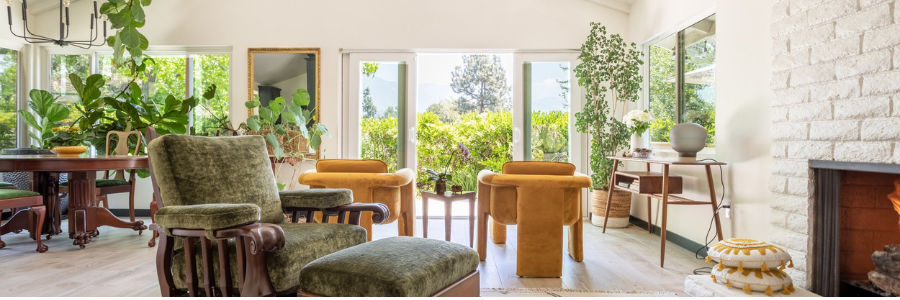
Creating Flexible Spaces
Biophilic design often embraces open floor plans and flexible spaces that facilitate the flow between indoor and outdoor areas. Windows can enhance this fluidity, allowing natural light and views to permeate throughout a home or building. By blurring the boundaries between inside and outside, windows create environments that feel more connected to nature. This flexibility can encourage activities that promote well-being, such as yoga, meditation, or simply enjoying a cup of coffee while watching the sunrise. Spaces designed with this fluidity in mind foster a greater sense of freedom and relaxation, enabling occupants to engage more fully with their surroundings.
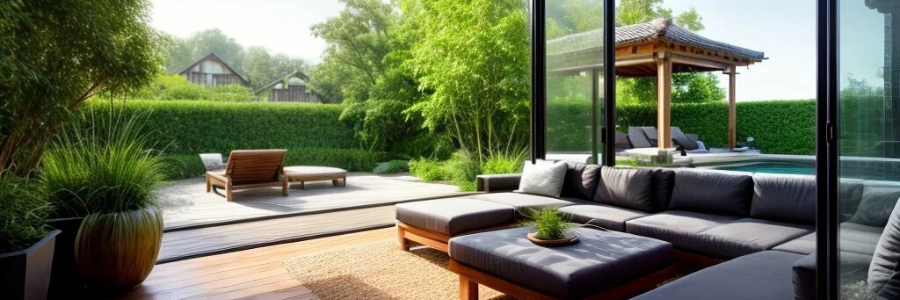
Conclusion: A Gateway to Nature
Incorporating windows into biophilic design is essential for creating spaces that nurture our connection to nature. They not only provide natural light and fresh air but also frame beautiful views and enhance the aesthetic appeal of our environments. By thoughtfully integrating windows into our living and working spaces, we can foster well-being, creativity, and a deeper appreciation for the natural world. As we continue to prioritize mental health and sustainability in design, let us not forget the vital role that windows play as gateways to nature. They invite us to embrace the beauty and tranquility of the outdoors, enriching our lives and creating a harmonious balance between the built environment and the natural world.


